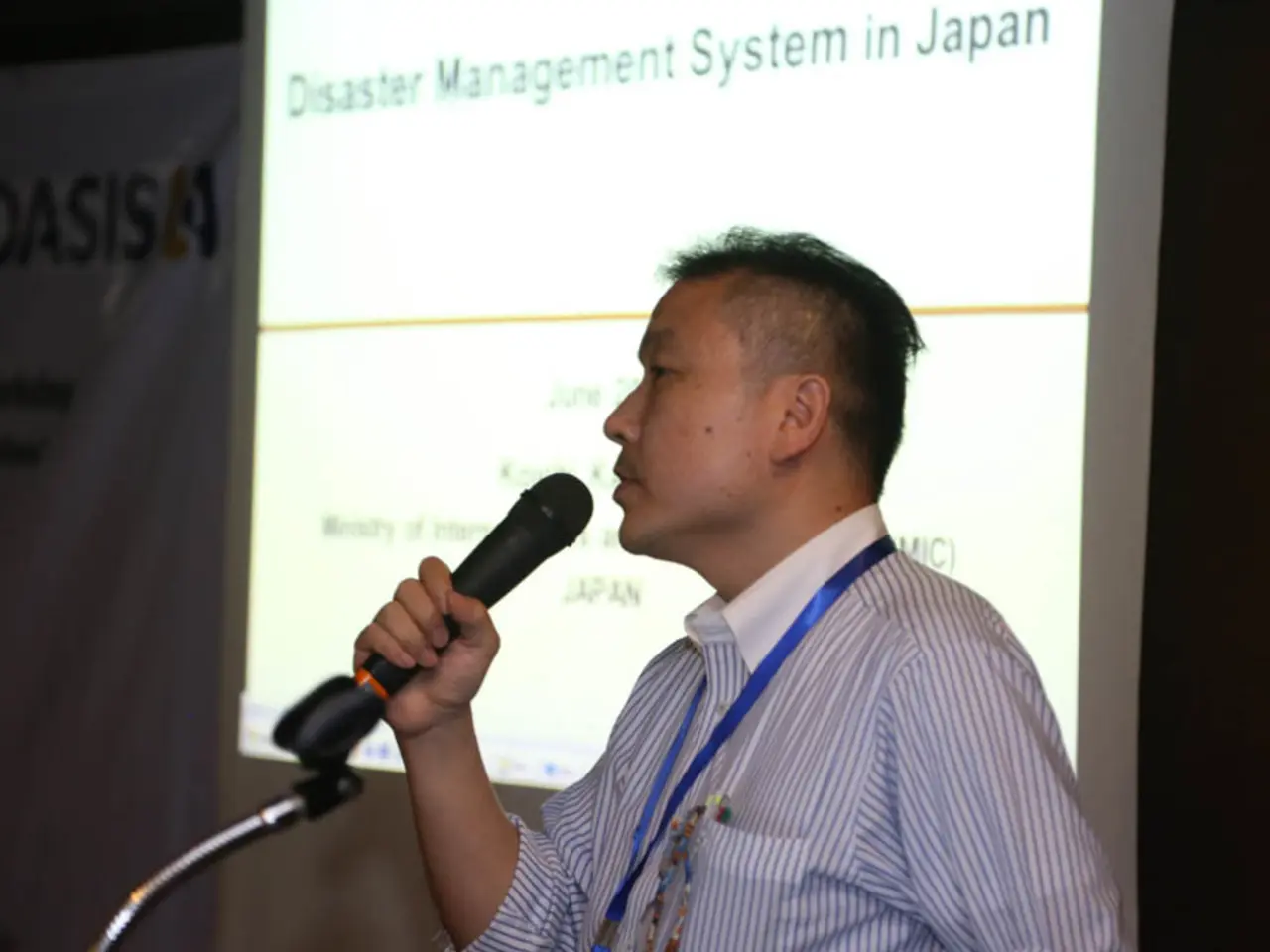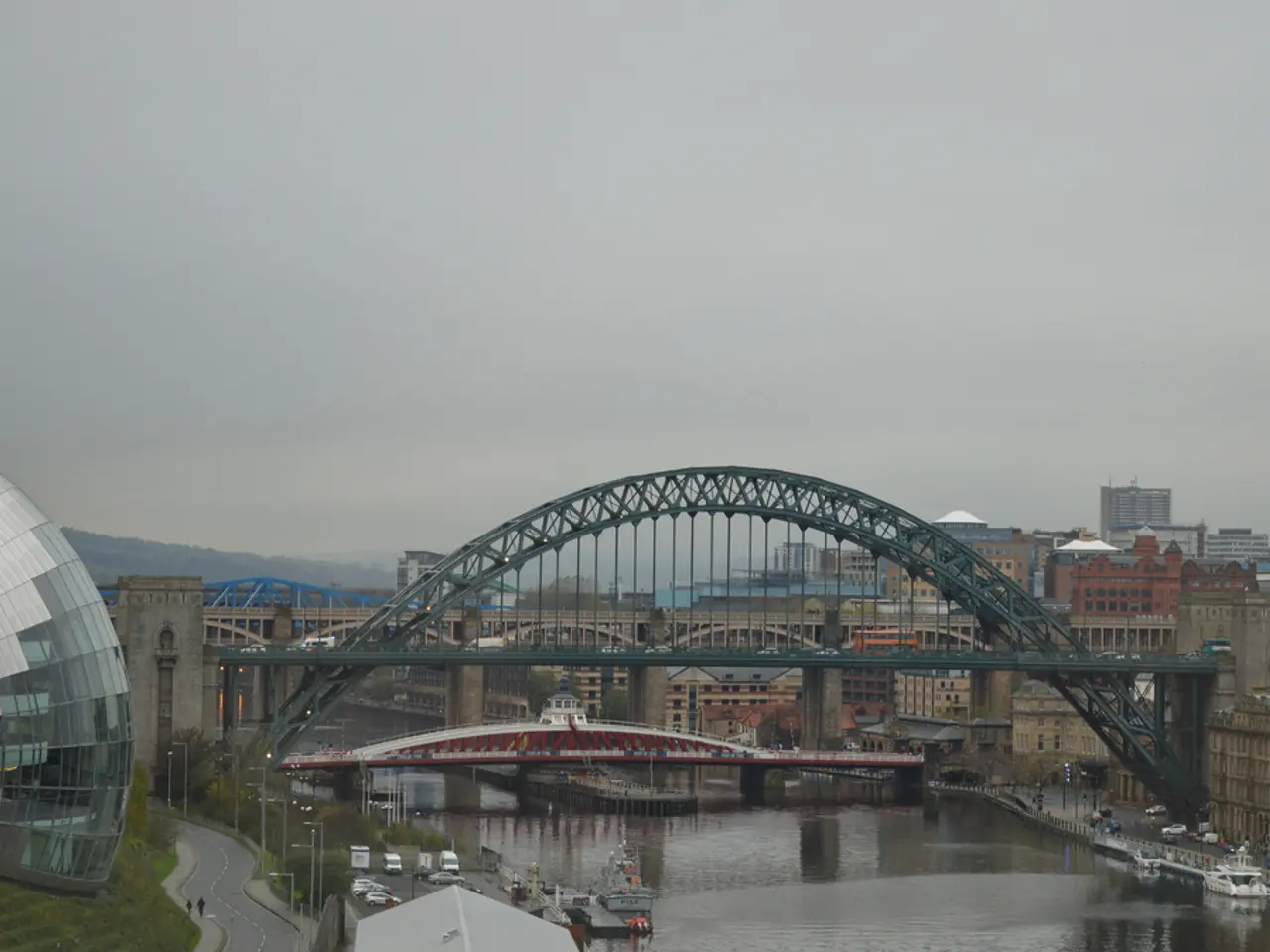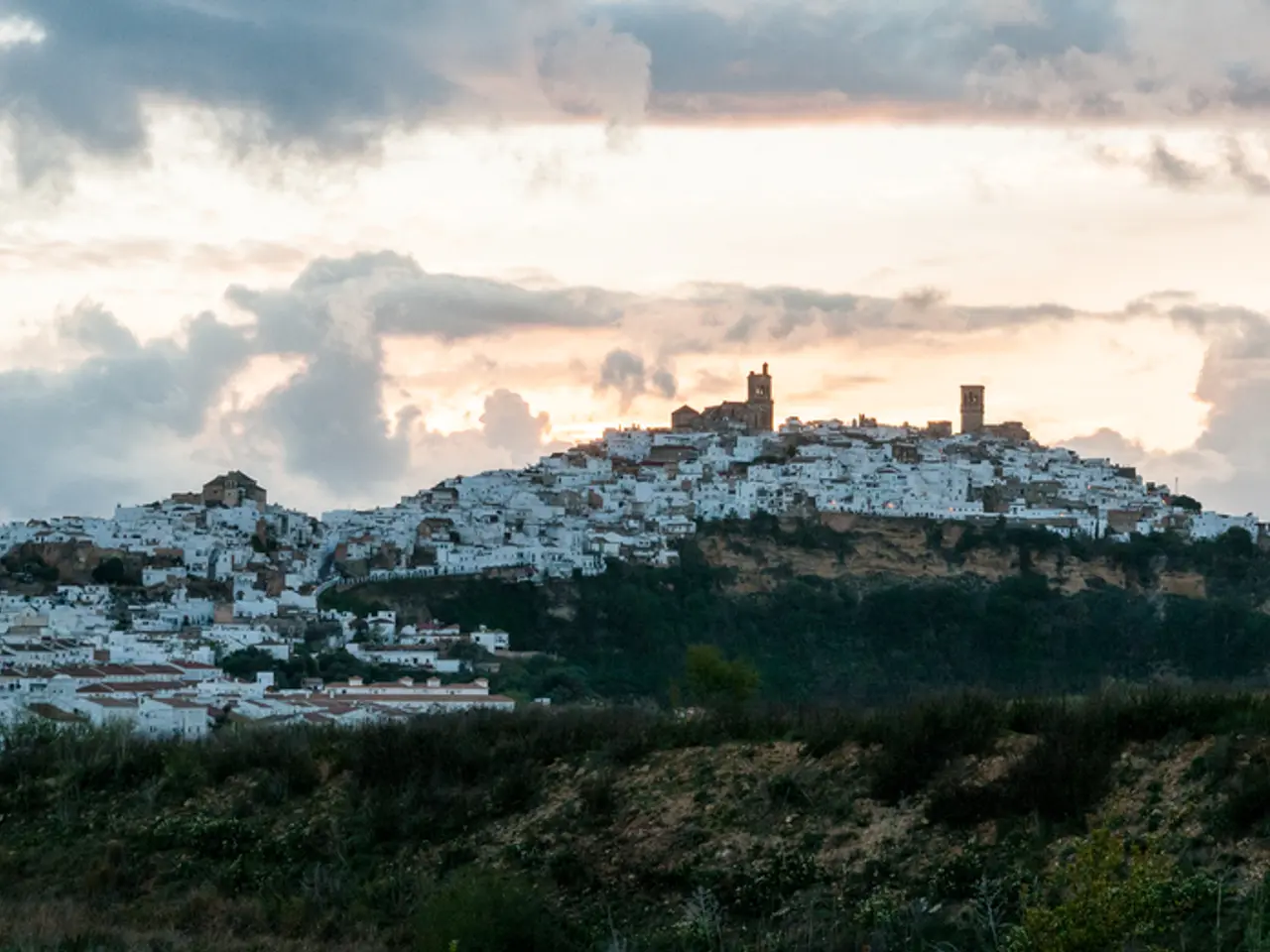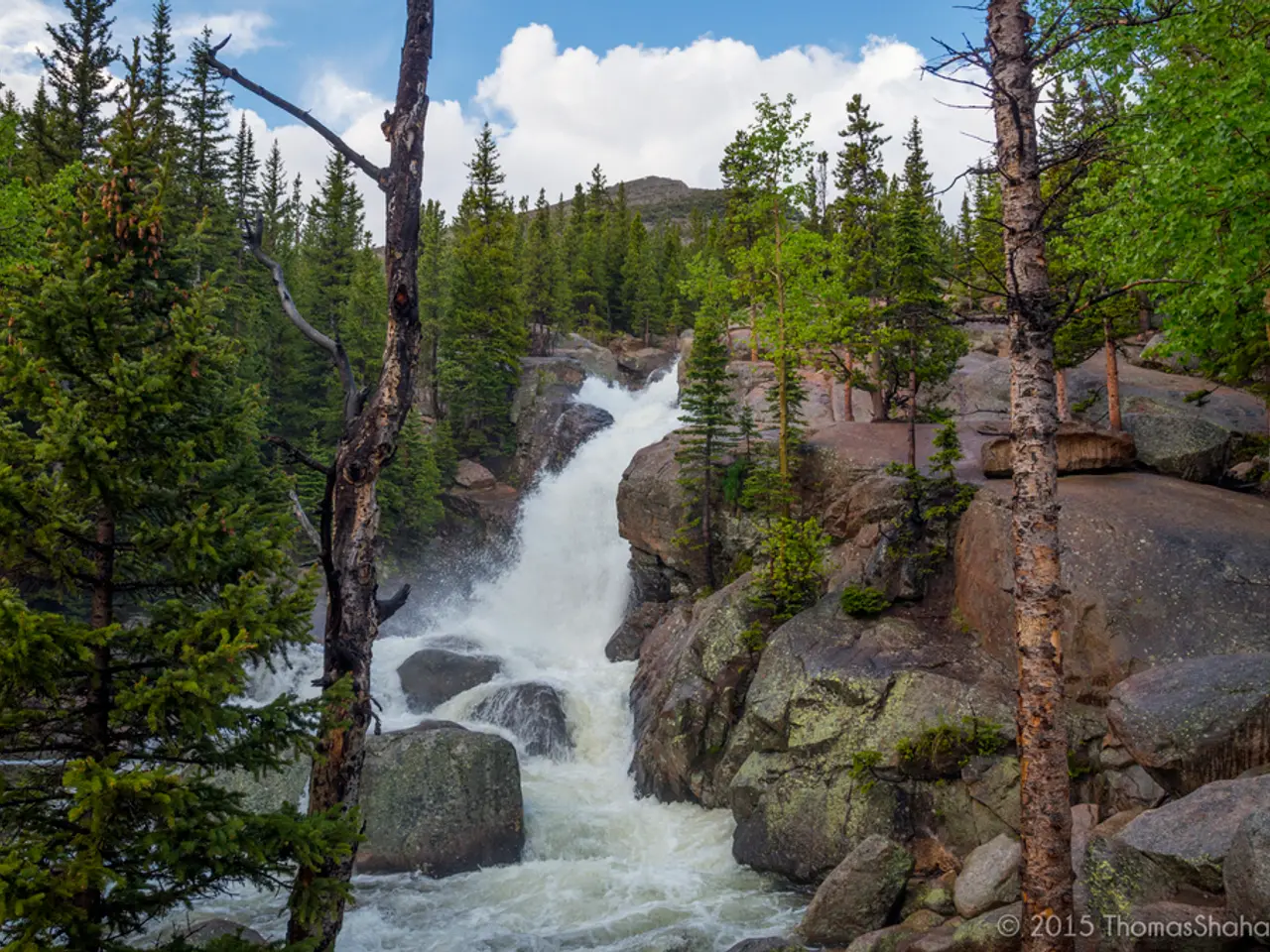Massive 8.8 earthquake triggers tsunamis to hit the coastlines of Russia, Japan, and Alaska.
Massive 8.8 Magnitude Earthquake Strikes Russia's Far East, Generating Tsunami Waves Across the Pacific
On July 29, 2025, a powerful earthquake with a preliminary magnitude of 8.0 struck Russia's Far East, later updated to 8.8 by the U.S. Geological Survey. This earthquake, which occurred at a shallow depth of about 19 km, is tied as the sixth strongest earthquake recorded globally in modern history and the largest in that region since 1952.
The epicentre of the quake was approximately 119-125 km east-southeast of the city of Petropavlovsk-Kamchatsky, Russia. The earthquake caused significant local damage, injuries, and generated tsunami waves reaching heights of up to 4 meters along the Kamchatka coast.
The earthquake produced tsunami waves that propagated across the Pacific Ocean, affecting distant coastlines such as Japan, Hawaii, and Alaska. Due to the tsunami risk, tsunami warnings and alerts were issued in numerous Pacific Rim countries, leading to evacuations and emergency measures.
Experts warned the tsunami danger could persist for over 24 hours after the earthquake, similar to historic megaquakes that triggered destructive Pacific tsunamis, such as the 2011 Japan (magnitude 9.1) and the 2004 Sumatra (magnitude 9.1) events.
In Japan, people went to evacuation centres, with memories of the 2011 earthquake and tsunami that caused nuclear reactor meltdowns. No substantial damage has been reported so far, but authorities warned people away from shorelines. In contrast, the fishing port in Severokurilsk was flooded by tsunami waves, washing fishing boats into the sea.
No abnormalities in operations at Japan's nuclear plants were reported. The Oregon Department of Emergency Management expects small tsunami waves along the coast starting around 11:40 p.m. local time, with wave heights between 1 to 2 feet. Hawaii Gov. Josh Green said data from Midway Atoll measured waves from peak to trough of 6 feet.
Power supplies were shut down, and the authorities were checking the power network after the flooding. No major damage was recorded in Severokurilsk. Several people were injured in Russia, and at least one person was injured in Japan.
The impact of the tsunami could last for hours or more than a day. This massive 8.8 magnitude quake underscores the ongoing seismic threat in the Pacific "Ring of Fire" region and the interconnected danger posed by undersea megathrust earthquakes across vast oceanic distances.
| Event | Location | Magnitude | Death Toll (approx.) | Tsunami Impact | |-------------------------------|---------------------------|-----------|-----------------------|-----------------------------------| | 1960 Valdivia, Chile | Chile | 9.5 | >1,600 deaths | Massive Pacific-wide tsunamis | | 1964 Great Alaska Earthquake | Alaska | 9.2 | ~130 deaths | Tsunamis affecting Pacific coasts | | 2004 Sumatra-Andaman | Indonesia | 9.1 | ~230,000 deaths | Devastating Indian Ocean tsunami | | 2011 Tohoku, Japan | Japan | 9.1 | 18,000+ deaths | Tsunami causing nuclear disaster | | 2025 Kamchatka Peninsula | Russia’s Far East | 8.8 | Injuries, no large fatalities reported yet | Tsunami warnings Pacific-wide |
The 2025 Kamchatka earthquake is thus one of the most powerful quakes in recent history and highlights the ongoing seismic threat in the Pacific "Ring of Fire" region.
- The earthquake caused a risk to micro-capital invested in the region's assets due to potential damage and economic disruption.
- The ESG (Environmental, Social, and Governance) implications of the earthquake are various, including impact on infrastructure, communities, and environmental degradation due to tsunami waves.
- The political response to the crisis has involved issuing credit for emergency measures, aid, and reconstruction efforts in affected regions.
- General-news outlets have reported on the earthquake's effects, with ongoing coverage on tsunami waves, evacuations, and injury updates across the Pacific.
- Despite the magnitude of the earthquake, sports events were postponed or cancelled in the affected regions to prioritize emergency responses and ensure the safety of participants and spectators. In some unaffected regions, sports events continued, with weather reports taking precedence over the earthquake news.








